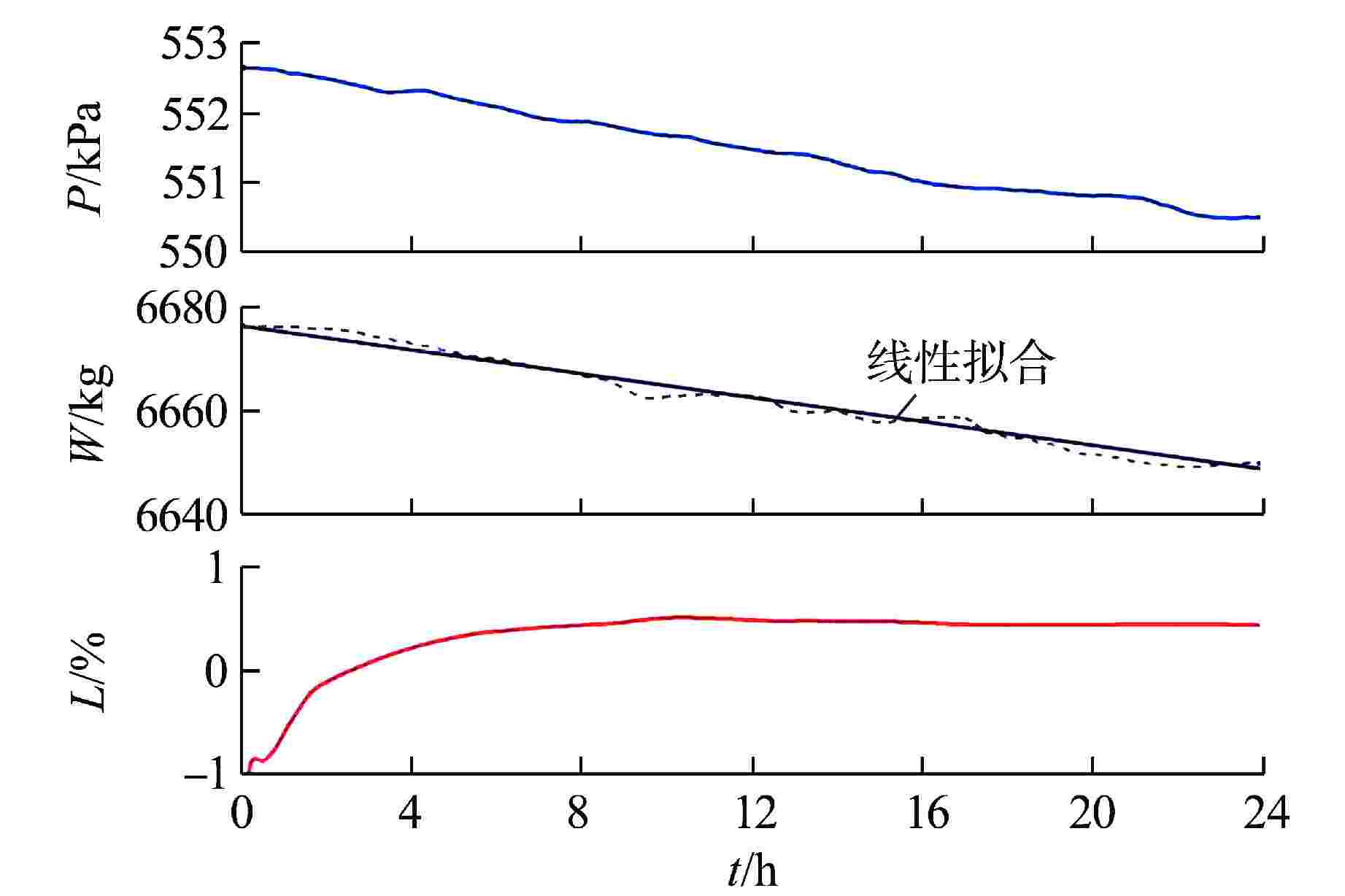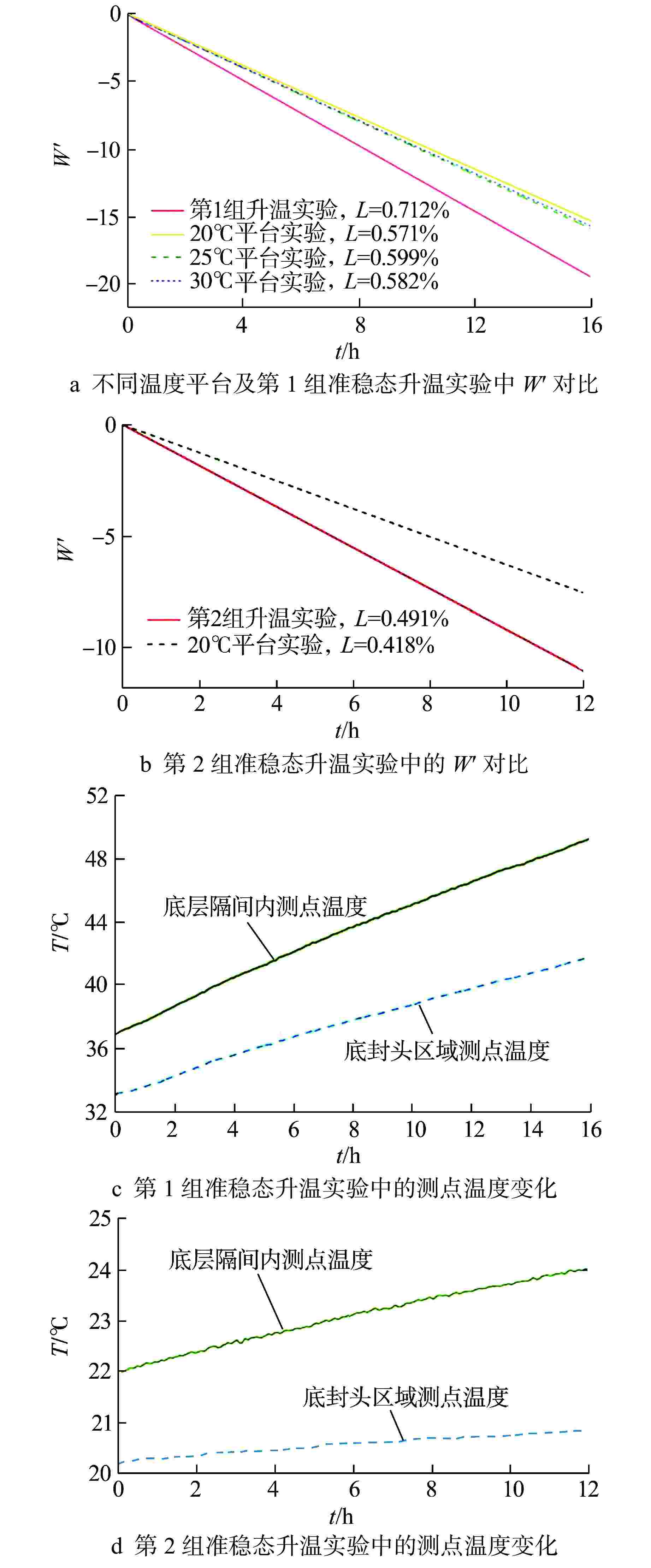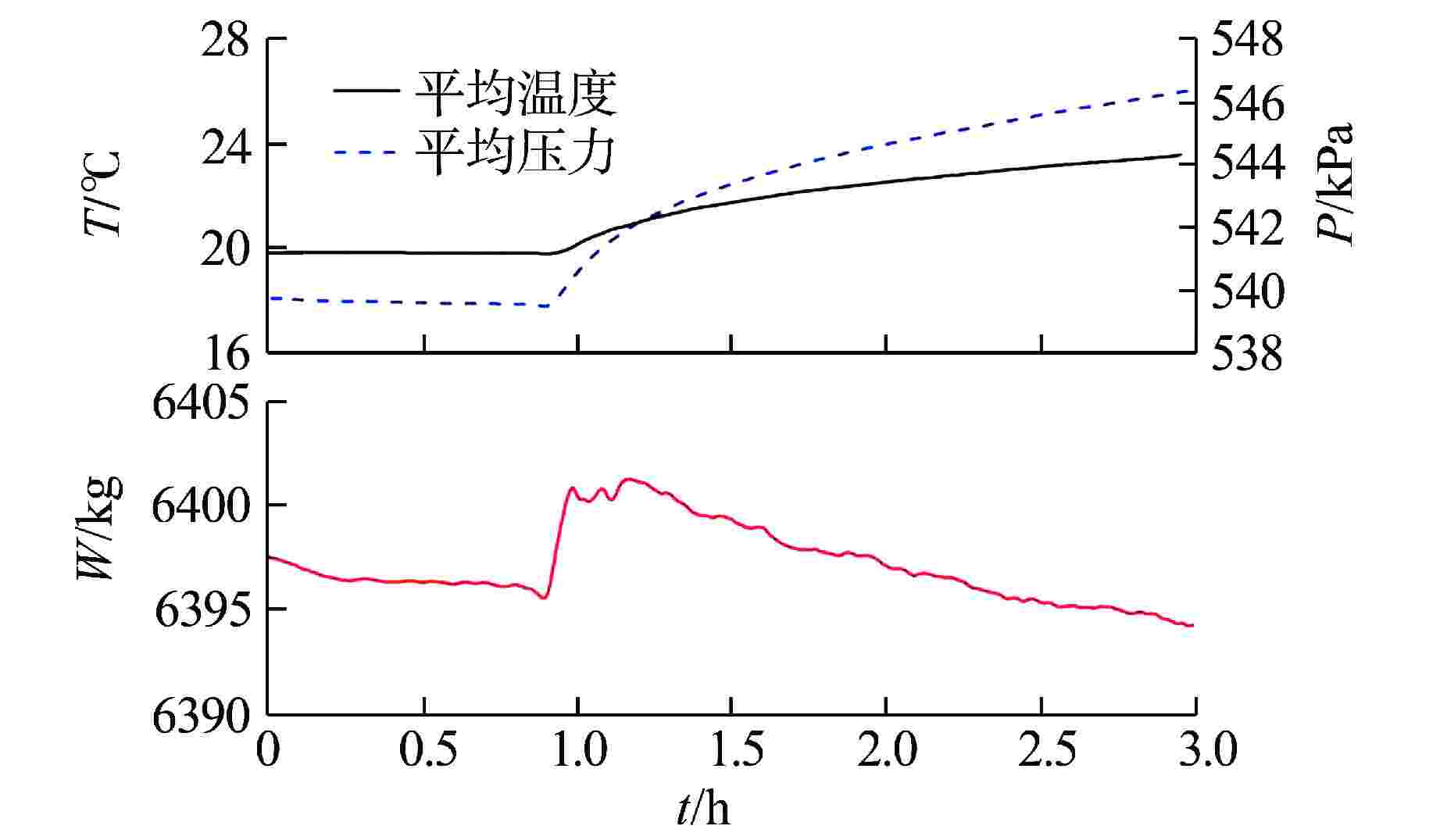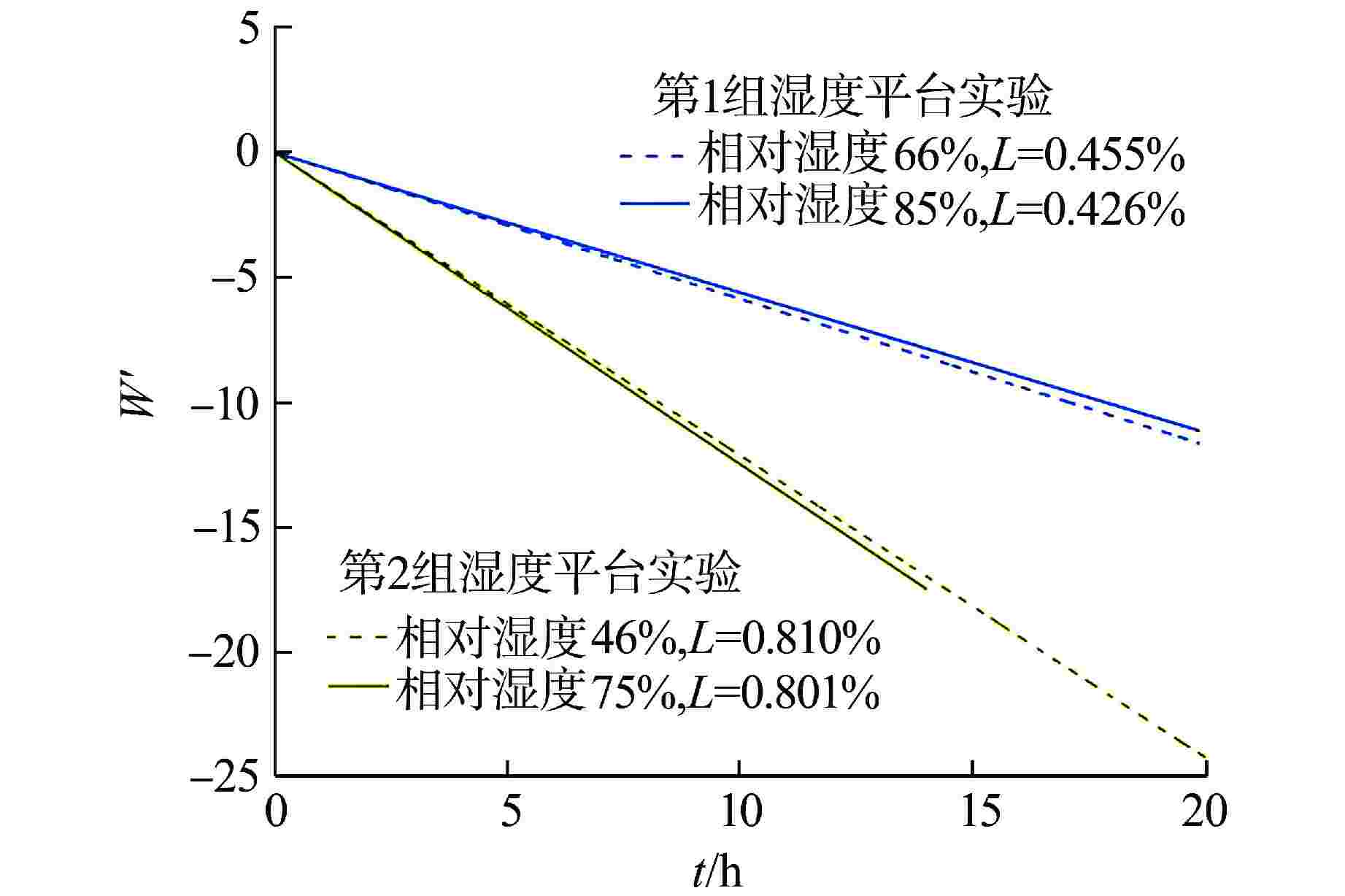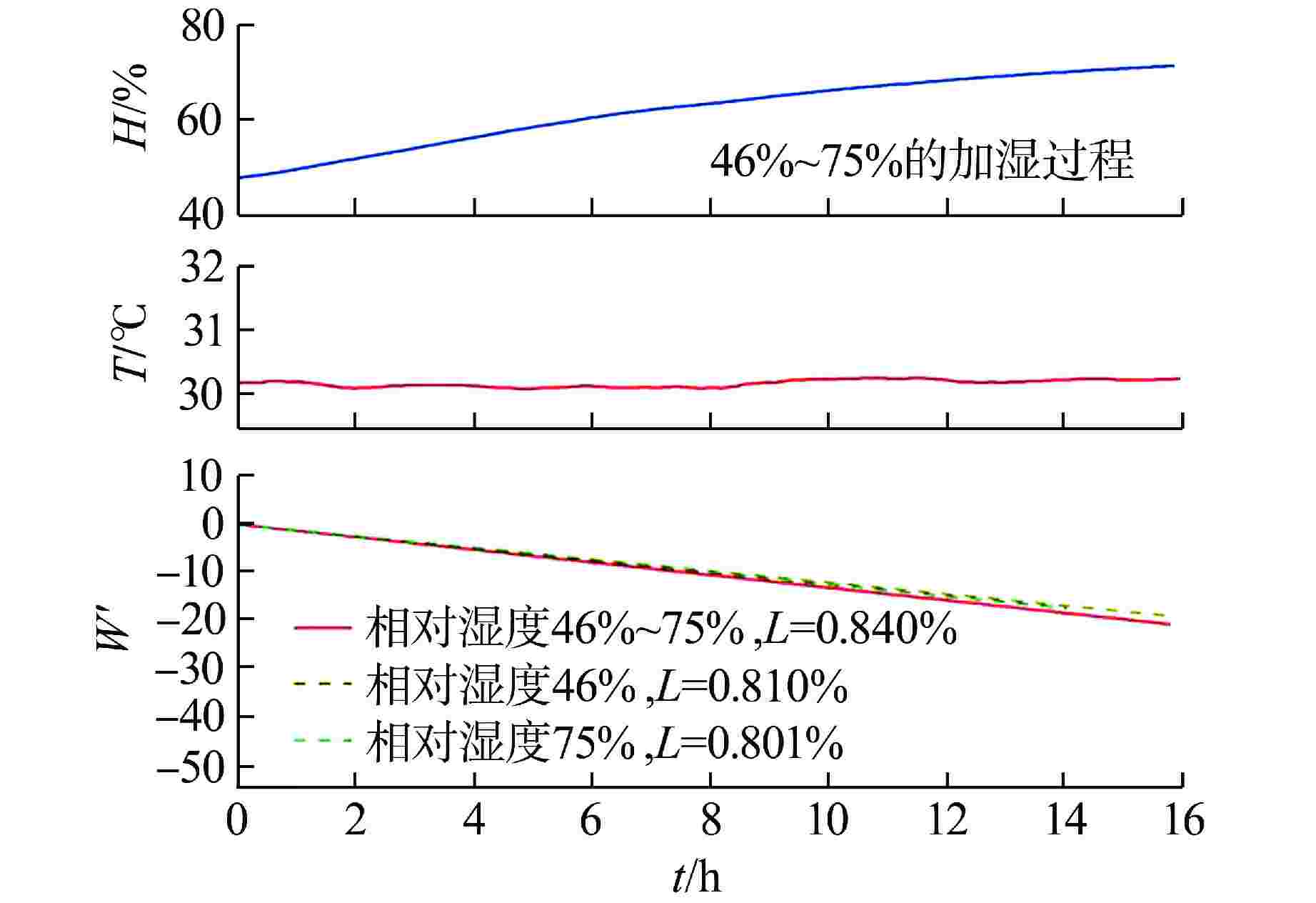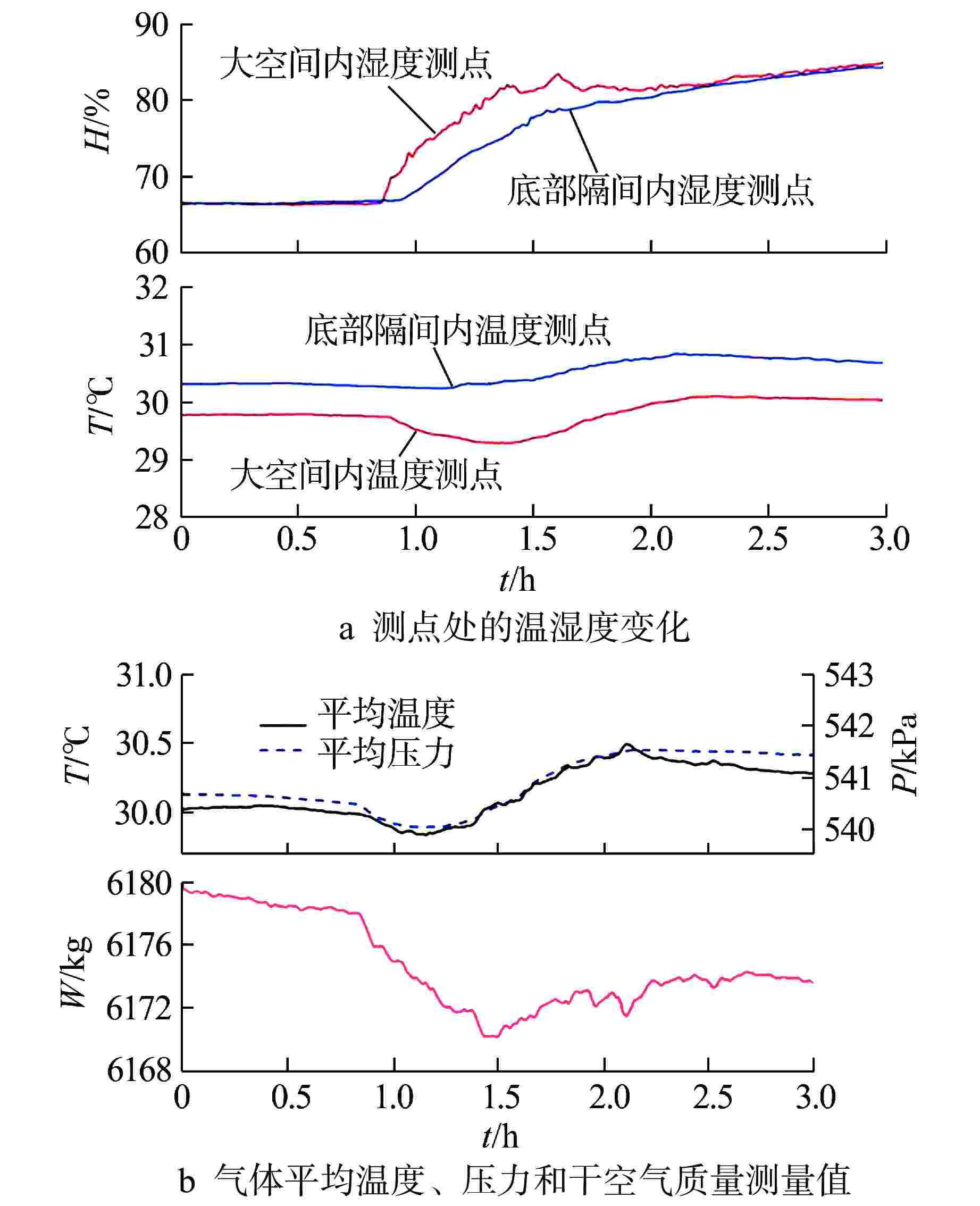Experimental Investigation on Measuring the Leakage Rate of Nuclear Power Plant Containment by Pressure Drop Method
-
摘要: 为进一步探究核电厂安全壳内环境条件影响泄漏率测量的基本规律,自主研发了压降法安全壳泄漏率数据分析程序,并通过在大尺度安全壳模拟体上开展的泄漏率实验对测量结果进行验证。结合相应的实验数据研究了准稳态与非稳态环境条件下安全壳内温度和相对湿度变化对泄漏率测量值的影响。结果表明,在升温条件下,各温度传感器因所处热环境的差异而形成的不同升温速率会明显影响泄漏率的测量,测量值相比升温前的相对偏差可超过20%。此外,在壳内局部温湿度变化的非稳态环境下,压力与温度传感器的固有延迟效应还会导致泄漏率的测量出现异常。而当壳内温湿度维持恒定或各传感器的温湿度变化速率近似一致时,泄漏率测量值较稳定,可确定其为实际的泄漏率。该研究结论可为进一步认识安全壳泄漏率测量机理和方法优化提供参考。Abstract: In order to further explore the basic law that the environmental conditions in the nuclear power plant containment affect the leakage rate measurement, a data analysis program for measuring the containment leakage rate by the pressure drop method was developed in this investigation. The measurement results were validated by leakage rate measurement tests carried out on a large-scale containment simulant. Based on the test data, the effects of the temperature and relative humidity on the leakage rate measurements under quasi-steady-state and non-steady-state conditions were studied. The results show that in the heating environment, the different heating rates of each temperature sensor due to the difference in the thermal environment can significantly affect the measurement of the leakage rate, and the relative deviation of the measured value compared with the temperature before heating can exceed 20%. Moreover, in the unsteady environment of local temperature and humidity changes in the vessel, the inherent delay effect of the pressure and temperature sensors can also cause abnormal leakage rate measurements. However, when the temperature and humidity in the casing are kept constant or the temperature and humidity change rates of each sensor are approximately the same, the measured value of the leak rate is relatively stable. The conclusions provide a reference for further understanding the leakage rate measurement mechanism and method optimization.
-
-
[1] 冯利法,黄海涛. 核电厂钢制安全壳泄漏率测试系统的开发与验证[J]. 核科学与工程,2021, 41(6): 1159-1168. [2] American Nuclear Society Standards Committee. Containment system leakage testing requirements: ANSI/ANS-56.8-2002[S]. U.S.: American Nuclear Society, 2002: 26-28. [3] 褚英杰,欧阳钦. 安全壳整体泄漏率计算方法的比较分析[J]. 核动力工程,2010, 31(6): 33-37. [4] 周文权,曲小朋,孟凡彬. 核电站安全壳整体密封性试验方法[J]. 核动力工程,1997, 18(2): 153-157. [5] KEOGH P. The PWR integrated Leak Rate Test, a review of experiences and results[J]. Nuclear Engineering and Design, 1985, 90(2): 135-141. doi: 10.1016/0029-5493(85)90003-2 [6] 欧阳钦,褚英杰. 安全壳整体试验标准ANSI/ANS-56.8-1994在田湾核电厂的应用[J]. 核动力工程,2010, 31(6): 24-28. [7] 沈东明,蔡建涛,何锐,等. 基于统计软件R的安全壳泄漏率试验数据有效性分析[J]. 核动力工程,2020, 41(5): 99-103. [8] 何锐,沈东明,李少纯,等. 双层安全壳环廊泄漏率分析方法研究[J]. 核动力工程,2021, 42(3): 121-125. [9] 何锐,贾武同,赵健. 安全壳泄漏率测量仪表体积权重分配方法研究[J]. 核动力工程,2015, 36(6): 101-104. [10] 沈东明,何锐,张骥. 基于时间序列分析方法对安全壳泄漏率测量阶段的气体弛豫过程研究[J]. 核动力工程,2021, 42(5): 178-181. [11] 章春伟,杨永灯,乔宇,等. 安全壳泄漏率在线监测系统原理及数据分析[J]. 核安全,2014, 13(2): 56-60,55. [12] 刘跃锋,刘祖伦,杨峰,等. 安全壳泄漏率在机组启动阶段的超限分析及处理[J]. 中国核电,2017, 10(3): 399-404. -





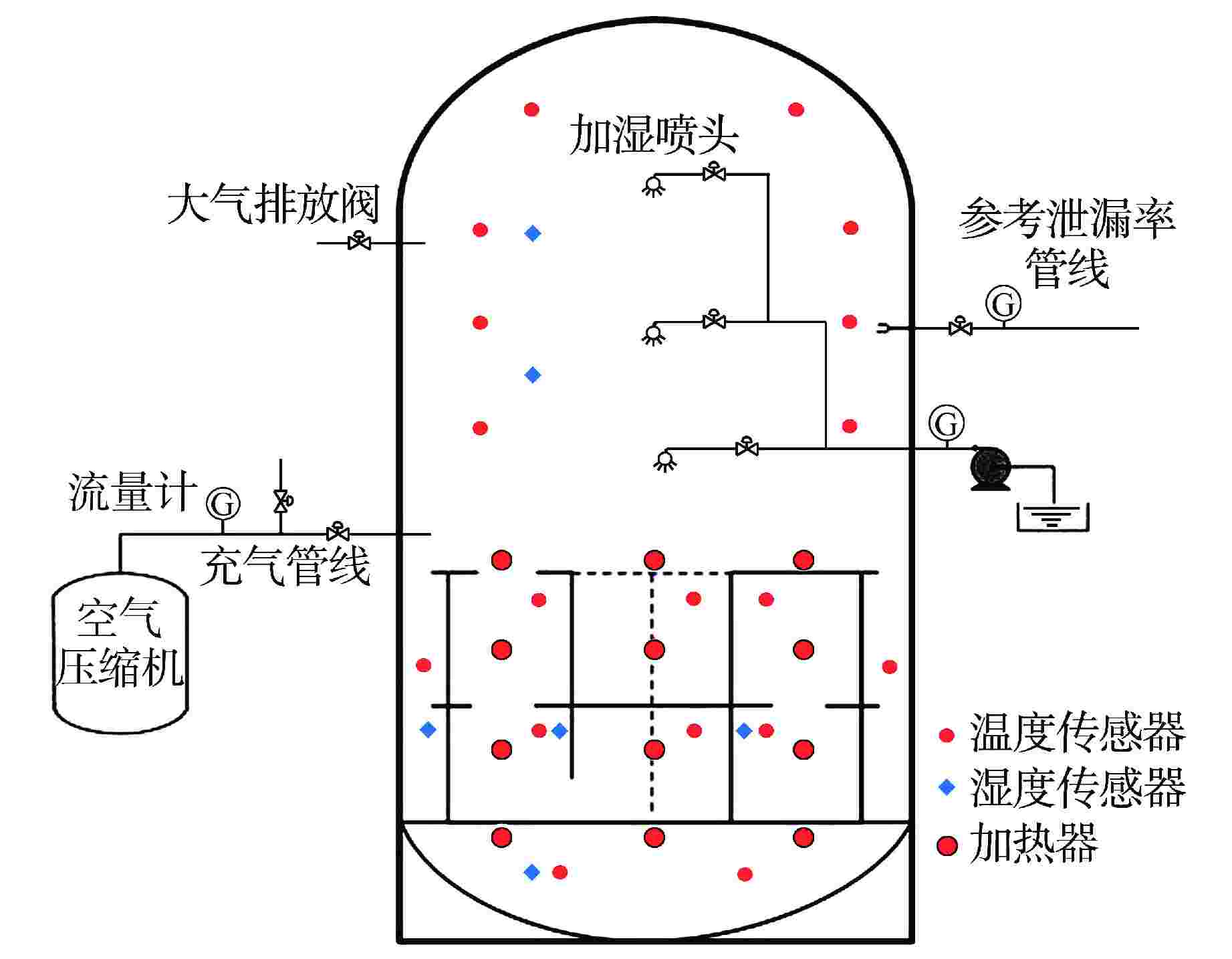
 下载:
下载:
